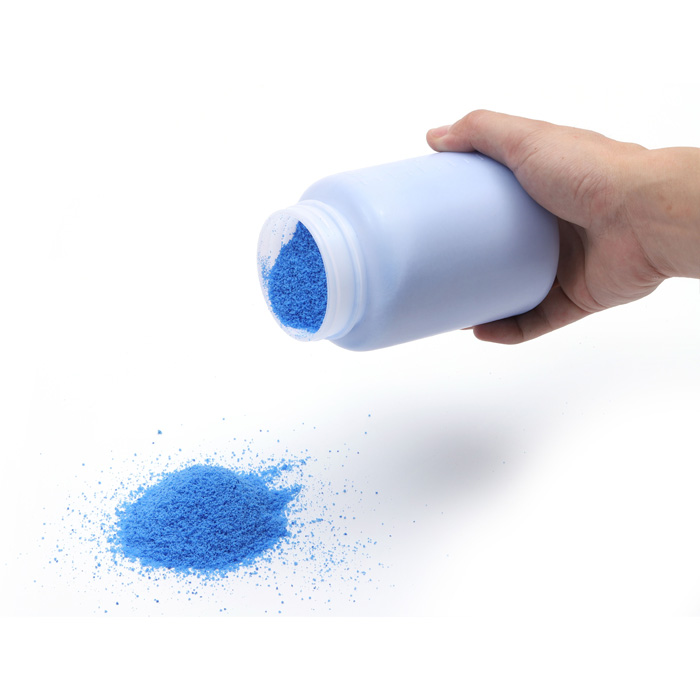The melting and boiling points of silica gel powder are affected by several factors:
Purity: The higher the purity of silica powder, the closer its melting and boiling points are to their theoretical values. The presence of any impurities (such as metal oxides or other non-silicon components) may change its melting and boiling points, usually resulting in a decrease in its melting and boiling points.
Particle size: The particle size of silica gel powder also affects its melting and boiling points. Micron-sized fine powders may melt or evaporate at lower temperatures because of their larger surface energy and faster heat conduction.
Crystal structure: Silica gel (SiO₂) can exist in different crystal structures, such as α-SiO₂ (quartz type) and β-SiO₂ (high temperature type). Different crystal structures have different melting points. For example, β-SiO₂ has a lower melting point than α-SiO₂.
Pressure: The melting and boiling points change with changes in external pressure. Under high pressure, the melting point of silica gel may increase, while under low pressure, the melting and boiling points may decrease. This is related to the phase change behavior of the material.
Ambient atmosphere: During the heating process of silica powder, if it reacts with oxygen or other chemical gases, its melting point and boiling point may change. For example, silica gel may be slightly oxidized in oxygen, and may show different melting characteristics in an oxygen-deficient environment.
Moisture content: Silica gel powder itself may be hygroscopic, and the increase in moisture content may have a certain effect on its melting point and boiling point. In a humid environment, the physical properties of silica gel powder may change, affecting the melting temperature.
Heat treatment history: The history of silica gel powder being treated at different temperatures will affect its structure, thereby affecting its melting point and boiling point.
These factors work together to cause the melting point and boiling point of silica gel powder to be different.


